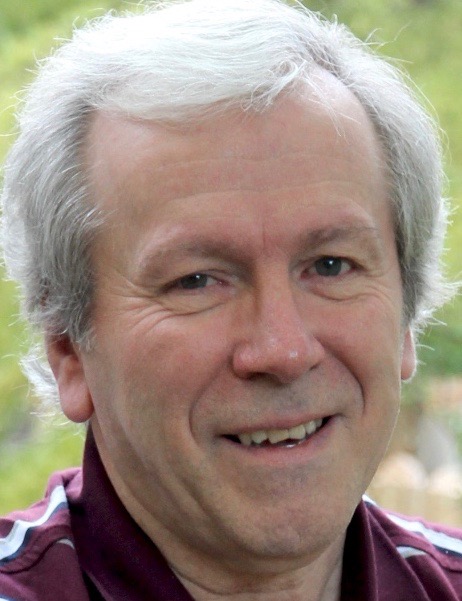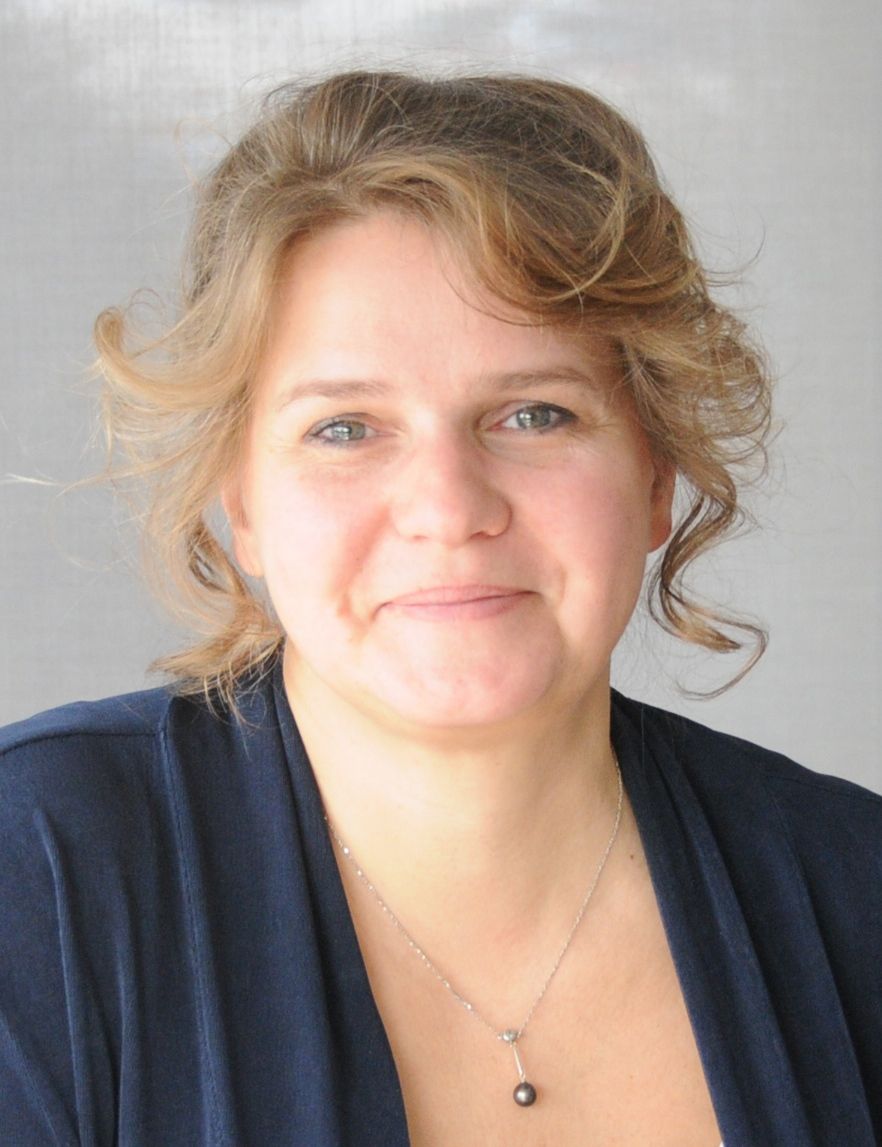Serge BeaucageChief, Laboratory of Biological Chemistry, Center for Drug Evaluation and Research (CDER), US Food & Drug Administration (FDA) Serge L. Beaucage obtained a doctoral degree for his research in nucleic acid chemistry under the supervision of Prof. Kelvin K. Ogilvie at McGill University in Montreal. He was then awarded a NRCC postdoctoral fellowship to join the laboratory of Prof. Marvin H. Caruthers at the University of Colorado where he designed, developed, and co-invented deoxyribonucleoside phosphoramidites for the automated synthesis of DNA sequences. Subsequently, Dr. Beaucage held a senior postdoctoral fellowship of the American Cancer Society in the laboratory of Prof. Stanley N. Cohen at Stanford University School of Medicine where he applied nucleic acid chemistry to the mechanistic study of DNA plasmid inheritance in E. coli. Since joining the FDA in 1988, Dr. Beaucage’s research interests have encompassed the development of novel synthetic methods aimed at improving the chemical synthesis of DNA/RNA sequences and their analogues for potential therapeutic applications. Specifically, Dr. Beaucage’s research has led to the implementation of thermolabile groups for phosphate/thiophosphate protection in the preparation of thermolytic oligonucleotide prodrugs and to development of innovative 2’-hydroxyl protecting groups for solid-phase RNA synthesis, in the context of RNA interference applications. More recently, the synthesis and use of amphipathic trans-acting DNA and RNA elements to improve cellular/tissue delivery of nucleic acid-based drugs in mammalian cells and the development of solid-phase purification methods for synthetic DNA and RNA sequences have become the focal point of Dr. Beaucage’s research objectives. |
Anastasia KhvorovaProfessor, RNA Therapeutics Institute, University of Massachusetts Medical School Anastasia Khvorova, PhD, is Professor in the RNA Therapeutics Institute and the Program in Molecular Medicine at the University of Massachusetts Medical School (UMMS) in Worcester, Massachusetts. Before joining the UMMS faculty, she held leadership positions in industry, including Vice President of Research & Development and Chief Science Officer of Dharmacon, Founder and Scientific Advisor of Advirna, and Chief Science Officer and Senior Vice President of RXi Pharmaceuticals. Dr Khvorova’s industry experience in drug discovery and development collaborations with pharmaceutical companies along with her expertise in chemistry and cell biology allowed her to establish a lab at UMMS that brings together organic chemists and RNA biologists to develop novel approaches and solutions to understanding natural and therapeutic RNA trafficking and delivery. Dr Khvorova is a member of the Board of Directors of the Oligonucleotide Therapeutics Society and sits on the editorial board of Nucleic Acid Research. She is the author of more than 150 abstracts, more than 50 peer-reviewed articles, several book chapters, and more than 250 patents and patent applications; her publications are widely cited. |
Louise LaurentAssociate Professor, University of California-San Diego Louise Laurent is Associate Professor in Reproductive Medicine at the University of California, San Diego. She received her residency training in Obstetrics and Gynecology and her clinical fellowship training in Maternal Fetal Medicine at UC San Diego. Her graduate research at UCSF included a large scale mutagenesis and molecular tracking strategy to define the regions of the HIV genome necessary for viral replication in the laboratory of Patrick O. Brown, M.D. / Ph.D. As a clinical fellow, she worked with Jeanne Loring, Ph.D. at The Scripps Research Institute to delineate the expression of miRNAs in human embryonic stem cells. Her current research focuses on applying genomic and epigenomic methods to understanding the molecular regulation of pluripotency and differentiation, optimizing the preclinical and clinical utility of human pluripotent stem cells, and identifying the molecular basis of placental dysfunction in human pregnancy. |
Joshua LevinSenior Group Leader, Research Scientist, Stanley Center for Psychiatric Research, Klarman Cell Observatory, The Broad Institute of MIT and Harvard Joshua Levin is a senior group leader and research scientist in the Broad Institute of MIT and Harvard’s Stanley Center for Psychiatric Research, as well as in the Klarman Cell Observatory. In his research, he uses transcriptomic approaches to improve our understanding of brain function as it relates to psychiatric disorders such as autism and schizophrenia. During his time at the Broad Institute, he has developed and comprehensively evaluated an extensive portfolio of RNA sequencing (RNA-Seq) methods such as targeted, strand-specific, total, and low-input RNA-Seq protocols. These RNA-Seq methodologies are being used for a variety of projects institute-wide, notably cancer transcriptomics, single cell studies, and genome annotation. Before joining the Broad Institute in 2007, Levin worked for ten years in the biotechnology industry, first at Syngenta (formerly Ciba-Geigy and Novartis) and later at Novartis Pharmaceuticals using model organisms in functional genomics studies. |
Ranjan PereraAssociate Professor, Scientific Director Genomics and Bioinformatics, Sanford Burnham Medical Research Institute Dr. Perera is an Associate Professor and Scientific Director, Analytical Genomics and Bioinformatics at Sanford-Burnham Medical Research Institute. His research focuses on the molecular mechanisms by which non-coding RNAs (miRNAs and lncRNAs) might affect melanoma and prostate cancer development in humans. Prostate cancer and metastatic melanoma are both difficult cancers to detect early, and once detected late they are nearly always impossible to cure, causing mortality within three years despite surgery and conventional therapies. To find effective treatment it is imperative to understand the biology of these aggressive cancers. Prior to joining Sanford-Burnham Medical Research Institute, Dr. Perera held positions at several major biotech and pharmaceutical companies, including ISIS Pharmaceuticals and Life Technologies Corporation. He received his Ph.D. in molecular genetics from Moscow State University, Russia and University of Gent, Belgium. Dr. Perera completed his postdoctoral studies in gene targeting and DNA recombination at Massachusetts Institute of Technology (MIT). |
Alexander PertsemlidisAssociate Professor, The University of Texas Health Science Center at San Antonio Dr. Pertsemlidis obtained his doctoral degree from the University of California at Berkeley. He completed postdoctoral fellowships in computational biology and genetics at UT Southwestern Medical Center in Dallas. He is currently at the Greehey Children's Cancer Research Institute at the UT Health Science Center in San Antonio, where he is Associate Professor in the Departments of Pediatrics and Cellular and Structural Biology and director of the Cancer Biology Discipline in the Integrated Biomedical Sciences Graduate Program. His laboratory investigates the roles of non-coding RNAs in cancer pathogenesis and in modulating cancer cell drug response and seeks to identify those that are diagnostic markers or therapeutic targets or agents. |
Frank SlackDirector, Institute for RNA Medicine, Beth Israel Deaconess Medical Center Cancer Center/Harvard Medical School Frank Slack received his B.Sc. from the University of Cape Town in South Africa, before completing his Ph.D. in molecular biology at Tufts University School of Medicine. He started work on microRNAs as a postdoctoral fellow in Gary Ruvkun’s laboratory at Harvard Medical School, where he co-discovered the second known microRNA, let-7. He is currently Director, Institute of RNA Medicine at the Beth Israel Deaconess Medical Center (BIDMC)/Harvard Medical School in Boston, MA. Professor Slack has pioneered various aspects of the microRNA field and continues to make important contributions to this aspect of post-transcriptional control of gene regulation in stem cell development, cancer and aging. For example Professor Slack and colleagues were co-discoverers of the second known microRNA, let-7 (Reinhart et al Nature, 2000), and the co-discoverers of the first known human microRNA (Pasquinelli et al. Nature, 2000). |




